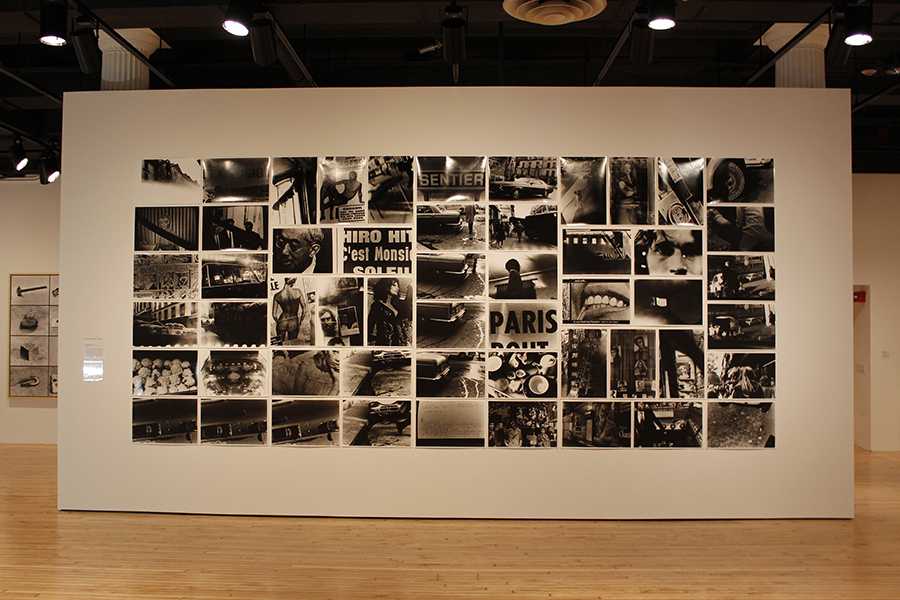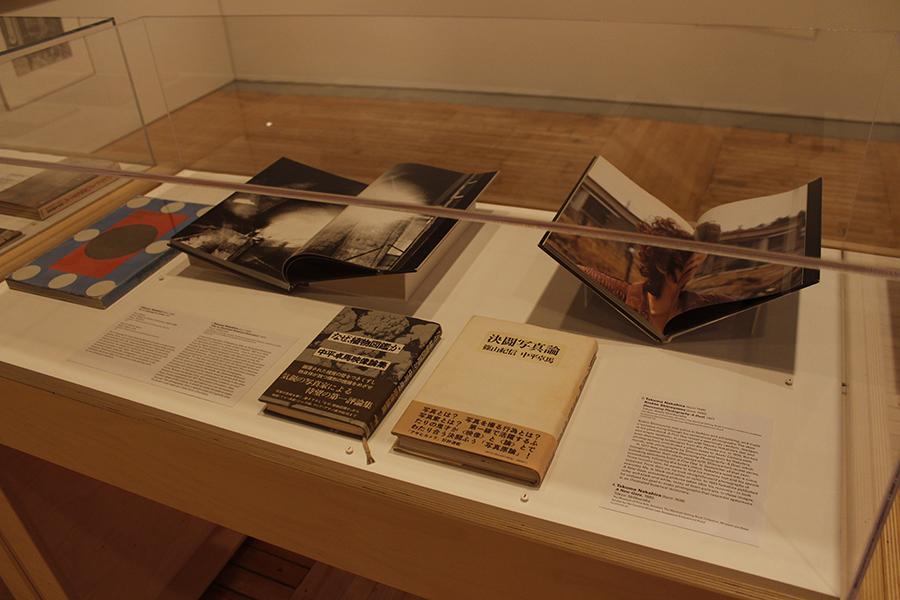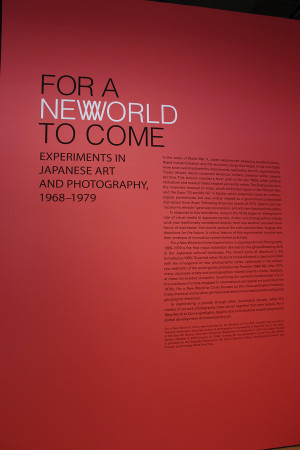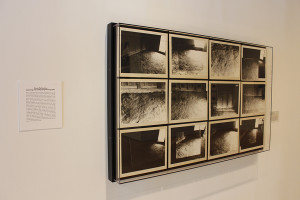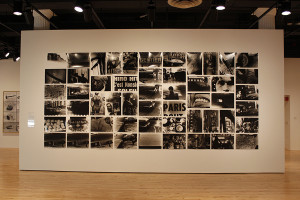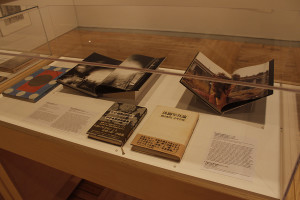Grey Art Gallery houses post-WWII Japan photography
September 21, 2015
The protests, uncertainty and revolutionary fervor which characterized the late 1960s in post-WWII Japan are explored in “For a New World to Come,” the latest exhibition in the Grey Art Gallery. Rapid industrialization changed society and its landscape, which, when coupled with widespread anxiety caused by the renewal of the U.S.-Japan Security Treaty, charged the Japanese arts scene with an energy that influenced its artists to seek out different means of self-expression.
The pieces in “For a New World to Come” fall into two categories: those that address events of civil unrest in a direct manner and those that detach themselves from such matters entirely.
Evoking the spirit of revolution as demonstrated by mass protests, photographers Shunji Dodo and Kazuo Kitai vary traditional photography techniques to derive their high contrast candid street shots. While Dodo purposefully creates grainier images to imbue a sense of physical weight and emotional gravity, Kitai purposefully takes out-of-focus shots to provide a feeling of movement and change in his subjects.
Sandwiched in between these two photographers is Takuma Nakahira’s contrasting series of seemingly subjectless photos. Using different light sources as focal points, Nakahira inspires intrigue in his near-painterly black-and-white shots, complete with canted angles and ambiguous environments.
The rest of the exhibition boasts a range of artists that experiment with the cross-pollination of different art forms. Artist Kunié Sugiura employs the use of photo-emulsion on canvas to create her large-scale monochromatic abstractions of nature, while Hitoshi Nomura’s innovative photographic experiments incorporates systematic photography in the creation of a macabre piece of music.
Though not a large exhibition, first-time viewers may find themselves overwhelmed as they take in a dense wall of contextual text before viewing the artwork. With most pieces embedded in such a nuanced and complex historical context, an effort must be made in order to fully appreciate the eclectic collection. Even then, it is difficult to know where to start as our attention is split between Takuma Nakahira’s wall of busy yet disparate black and white street photographs and Kunié Sugiura’s large sepia print of flower details at the end of the gallery. That being said, the somewhat chaotic organization is a fitting testament to the vibrant diversity that epitomizes this period in Japanese art.
“For a New World to Come” is at the Grey Art Gallery until Dec. 5.
A version of this article appeared in the Sept. 21 print edition. Email Min-Wei Lee at [email protected].



























































































































































